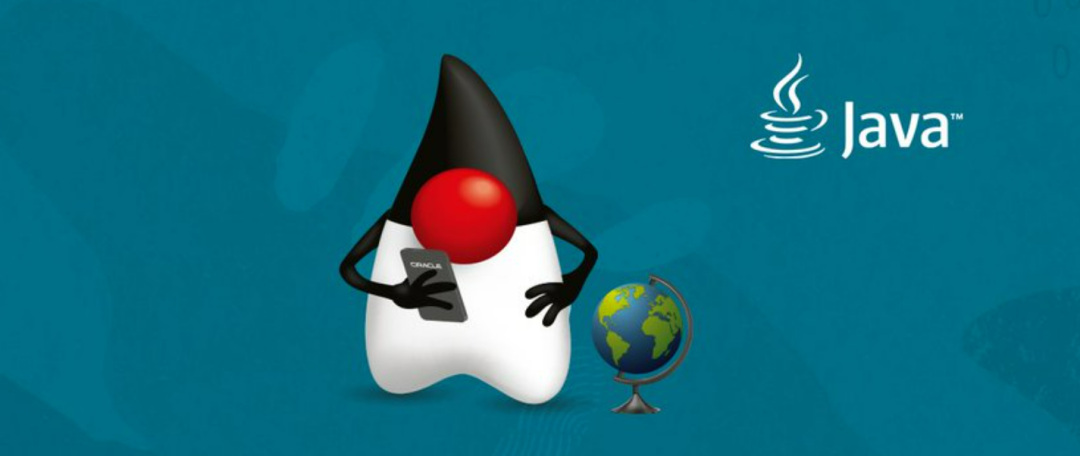System.currentTimeMillis() 和 System.nanoTime() 哪个更快?大部分人都会答错!
点击上方“码农突围”,马上关注 这里是码农充电第一站,回复“666”,获取一份专属大礼包 真爱,请设置“星标”或点个“在看”

作者:捏造的信仰
来源:https://segmentfault.com/a/1190000041276485
Java有两个取时间戳的方法:System.currentTimeMillis() 和 System.nanoTime(),它们的使用场景是有区别的,当前网上一些文章对于这两个方法的性能讨论存在一些片面的描述,本文希望能给出一个简单的最终答案。
System.currentTimeMillis() 存在性能问题?
答案是否定的。这两个方法性能差异取决于操作系统。
Windows:
在 Windows 下,System.currentTimeMillis() 比 System.nanoTime() 要快很多,这是因为 Windows 系统为前者提供的只是一个缓存变量,而后者则是实时的去硬件底层获取计数。
所以如果你的生产环境是 Windows,请尽可能避免使用
System.nanoTime()。
Linux:
在 Linux 下,两者的执行耗时相差不大,不论是单线程还是多线程。
不同的虚拟机实现会带来性能差异
如今的云主机主要有 Xen 和 KVM 两种实现方式,网上有文章发现它们在取系统时间方面存在性能差异。
当你的虚拟机用的是 Xen 时,取时间的耗时会是 KVM 的十倍以上。不过上文也提供了遇到此类问题该如何解决的方案。
需要写一个专门的类来提升 System.currentTimeMillis() 性能吗?
不需要。那属于画蛇添足。
我的测试代码
我的测试代码如下,没有任何依赖,可以直接用 javac 编译然后运行。读者有兴趣可以试试:
import java.util.ArrayList;
import java.util.List;
import java.util.function.Consumer;
public class TimePerformance {
public static final int LOOP_COUNT = 9999999;
public static final int THREAD_COUNT = 30;
public static void main(String[] args) {
Runnable millisTest = () -> {
long start = System.currentTimeMillis();
for (int i = 0; i < LOOP_COUNT; i++) {
System.currentTimeMillis();
}
long end = System.currentTimeMillis();
System.out.printf("%s : %f ns per call\n",
Thread.currentThread().getName(), ((double)end - start) * 1000000 / LOOP_COUNT);
};
Runnable nanoTest = () -> {
long start = System.currentTimeMillis();
for (int i = 0; i < LOOP_COUNT; i++) {
System.nanoTime();
}
long end = System.currentTimeMillis();
System.out.printf("%s : %f ns per call\n",
Thread.currentThread().getName(), ((double)end - start) * 1000000 / LOOP_COUNT);
};
Consumer<Runnable> testing = test -> {
System.out.println("Single thread test:");
test.run();
System.out.println(THREAD_COUNT + " threads test:");
List<Thread> threads = new ArrayList<>();
for (int i = 0; i < THREAD_COUNT; i++) {
Thread t = new Thread(test);
t.start();
threads.add(t);
}
// Wait for all threads to finish
threads.forEach(thread -> {
try {
thread.join();
} catch (InterruptedException e) {
e.printStackTrace();
}
});
};
System.out.println("//// Test System.nanoTime()");
testing.accept(nanoTest);
System.out.println("//// Test System.currentTimeMillis()");
testing.accept(millisTest);
}
}
因为我用的是 Windows,所以执行输出当中 System.nanoTime() 明显非常慢。
具体输出内容我就不放出来了,因为不具有参考价值,大多数生产环境用的是 Linux。
(完)
码农突围资料链接
1、卧槽!字节跳动《算法中文手册》火了,完整版 PDF 开放下载!
2、计算机基础知识总结与操作系统 PDF 下载
3、艾玛,终于来了!《LeetCode Java版题解》.PDF
4、Github 10K+,《LeetCode刷题C/C++版答案》出炉.PDF欢迎添加鱼哥个人微信:smartfish2020,进粉丝群或围观朋友圈。
